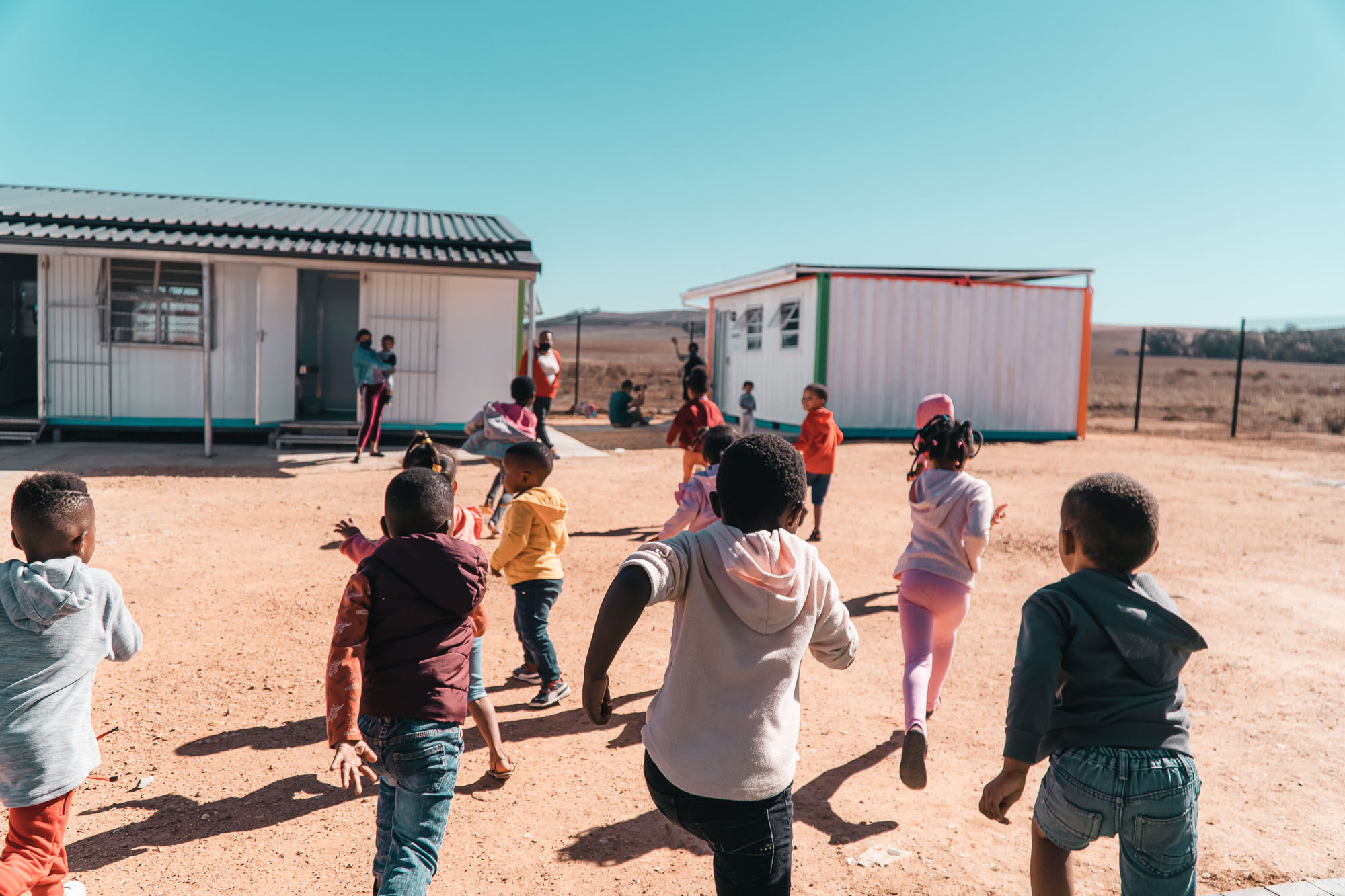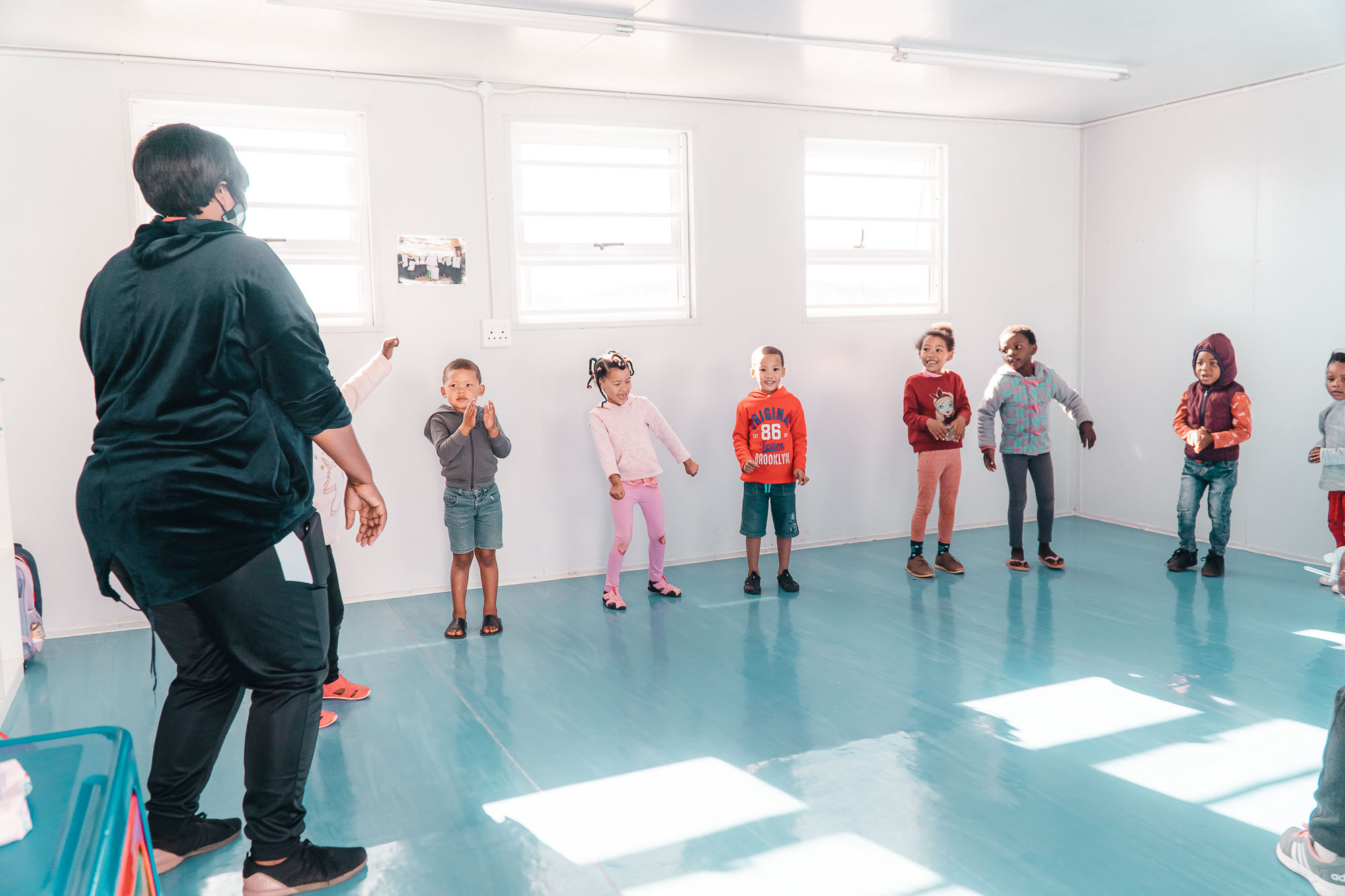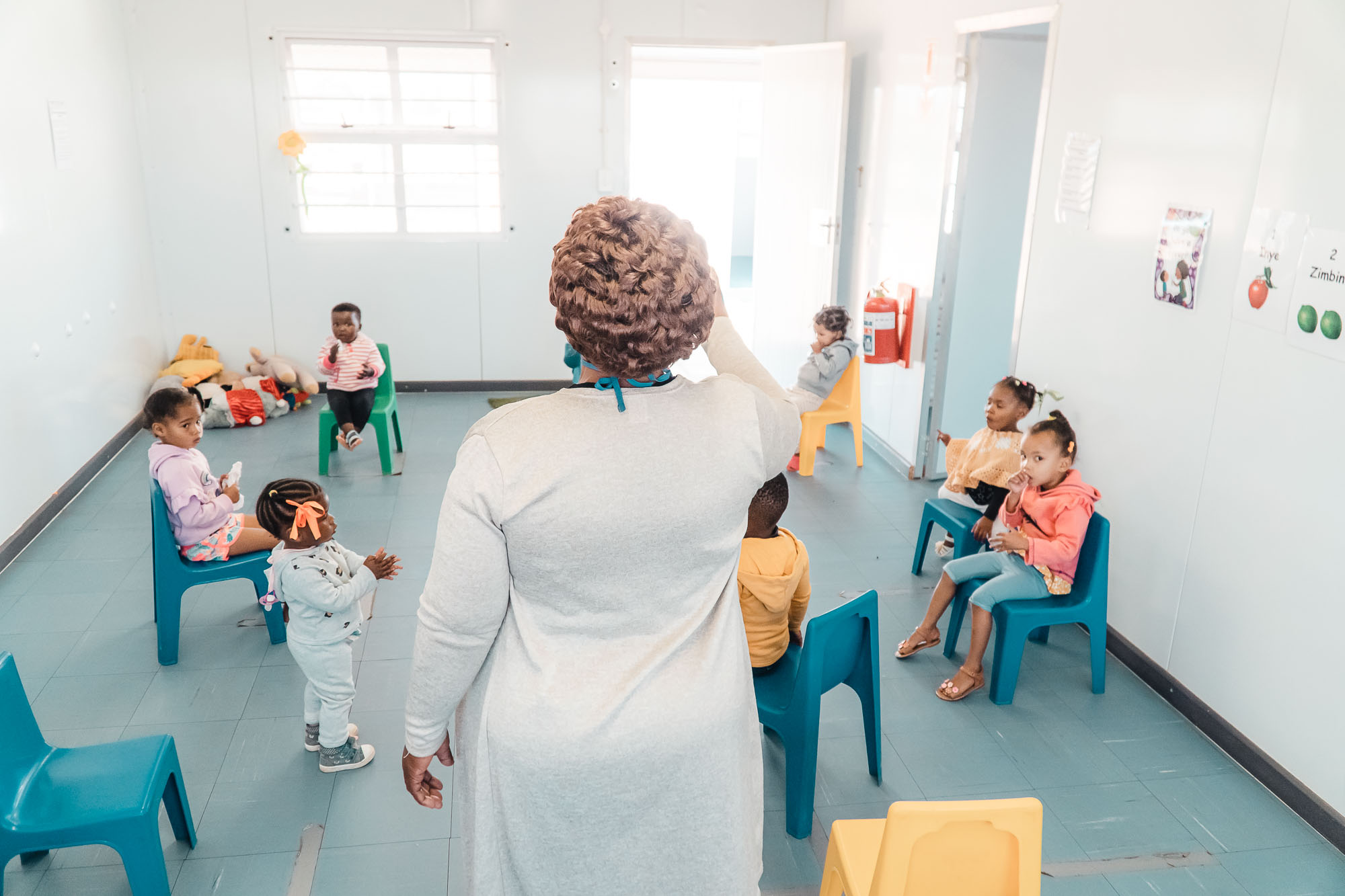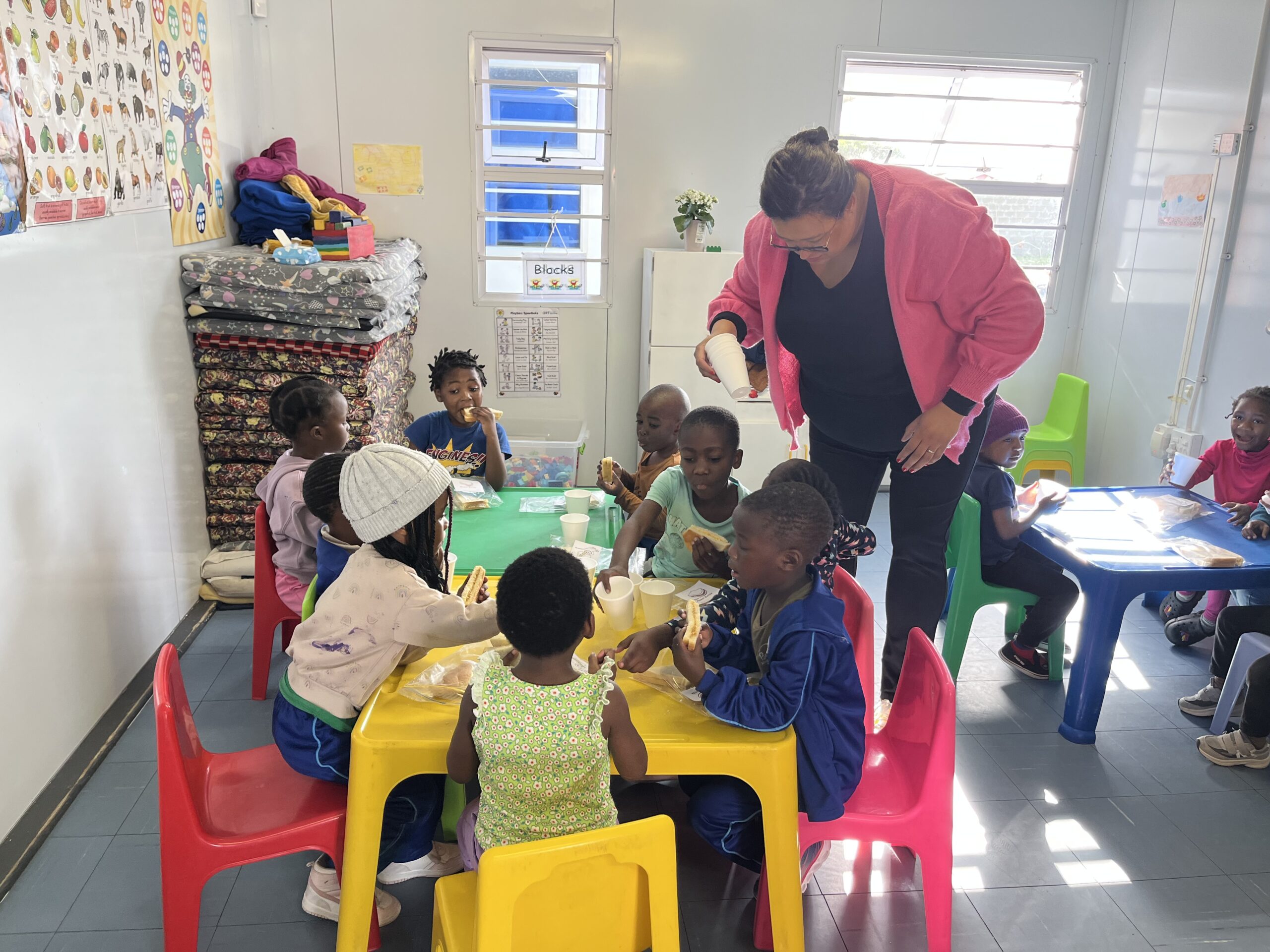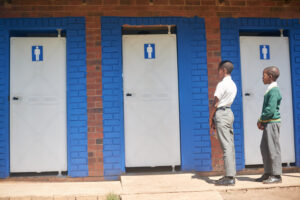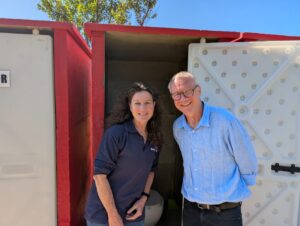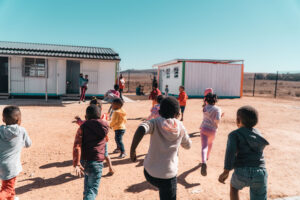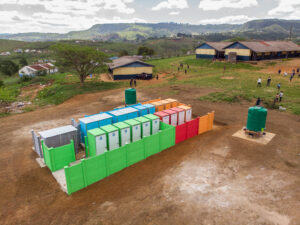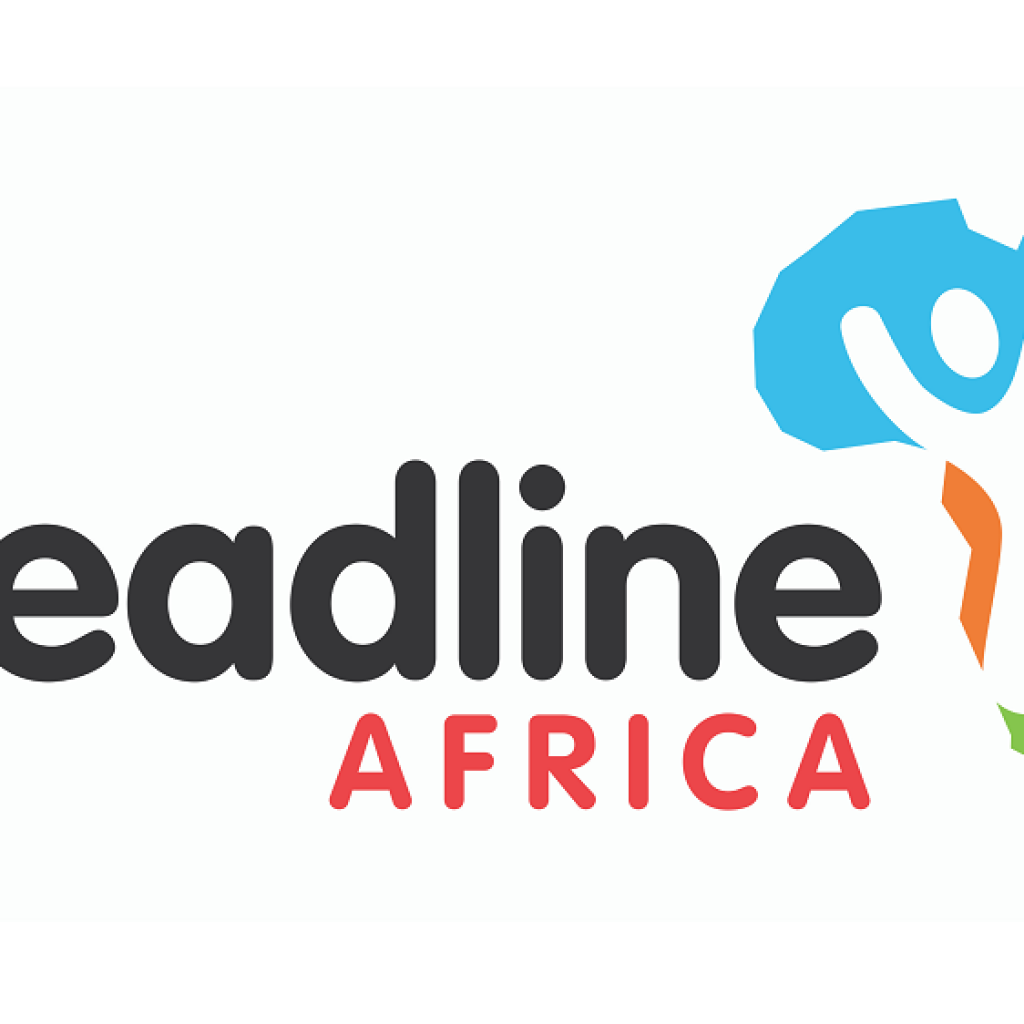By Nyaradzo Mutanha, MERL specialist at Breadline Africa
Each morning, in Khayelitsha, Ntombentsha Sobekwa sets up her classroom with only a few teaching and play resources. By month-end, she has only a few Rands left after covering operational costs. Her story is not unique; many ECD centres across South Africa faces the same struggle. Nationally, the latest Thrive by Five Index reports that only 42% of enrolled four-year-olds are developmentally on track, with 28% falling behind and 30% far behind.
Investing in early childhood is one of the most effective ways to break the cycle of poverty. Research shows that investment in the first five years yields the highest return compared to later interventions. The index highlights specific gaps: only 29% of children are on track for fine-motor and visual-motor skills, while 53% are on track for emergent literacy and language. These early years are critical for lifelong learning, health, and productivity.
The Department of Basic Education has prioritised ECD in its national budget, but outcomes remain unequal. Children in high-fee preschools are roughly twice as likely to be on track as those in low-fee centres. Social investors and philanthropic funders continue to play a vital role in reaching underserved communities. Funding must focus on initiatives that deliver measurable outcomes: school readiness, nutrition, safe environments, and caregiver support. About 29% of four-year-olds are not enrolled in any programme, and among them only 18% are on track while 55% fall far behind.
ECD practitioners carry much of this burden, often with too few resources, in unsafe or overcrowded spaces, and without professional development or adequate teaching materials. Seven percent of enrolled four-year-olds show moderate or severe stunting, which puts them months behind peers in learning. These practitioners form the backbone of early learning, and their commitment must be complemented, not left alone.
Breadline Africa bridges this gap by providing safe, functional infrastructure to enable practitioners to focus on teaching and nurturing children. Support includes kitchens for meals, warm classrooms, age-appropriate toilets, and sick bays. We also implement the Nurturing Care Framework through registered training organisations, focusing on health, nutrition, responsive caregiving, safety, and early learning opportunities.
ECD practitioners give so much, but they cannot do it alone. With the right investment in infrastructure, training, and support, every child in South Africa can have a safe place to learn and grow. That future begins with the practitioners who show up for them every day.
Get in touch to make impact [email protected].

